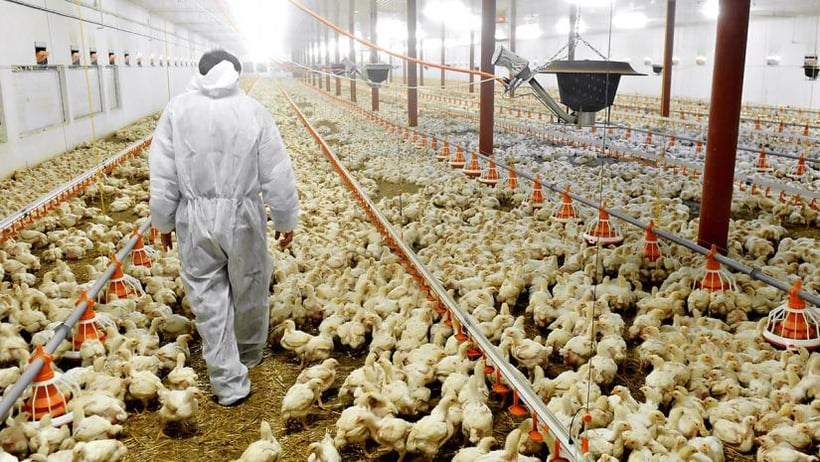
A new test method developed by the Technical University of Denmark’s National Food Institute has quadrupled the chances of detecting Campylobacter in chicken flocks and stopping the spread of infection before it can enter the meat supply chain.
Campylobacter: a prevalent problem
Campylobacter is a common bacteria that infects the intestinal tract. Similar to Salmonella, it’s common for chickens, ducks and other poultry to carry Campylobacter, as the bacteria can live naturally in the intestines of these animals and be passed through their feces. Animals often show no signs of infection, making Campylobacter difficult to detect until well after the poultry is already in the food supply.
People typically fall ill with campylobacteriosis after eating raw or undercooked poultry or something that came into contact with it. The main symptom is diarrhea, along with abdominal pain, fever and headache.
In 2019, Denmark saw a notable spike in Campylobacter infections. That year there were 5,389 recorded infections, an increase of 18 percent over the previous year. These cases were mainly caused by infected chicken flocks.
Campylobacter bacteria also cause the majority of food-borne illnesses in Europe, prompting Danish researchers to focus on cheaper and more efficient testing methods.
Currently testing with ‘sock method’
The “sock method” of testing for the presence of Campylobacter is so named because it requires the tester to place gauze around their footwear, then walk through the chicken house so any bacteria will be trapped on the gauze. That gauze, or “sock,” is subsequently placed in a growth medium where bacteria can multiply for two full days. Another two days are required before testers can accurately determine whether the flock is infected.
In all, getting results using the sock method can take four days.
New technique has quicker turnaround
The new testing method was developed as part of the European Union’s AIR-SAMPLE project. It yields results in only two hours.
The method uses a type of mini-vacuum cleaner with a special filter that collects bacteria in chicken houses. The filter is subsequently analyzed with a polymerase chain reaction test, or PCR-test. A PCR test separates DNA to isolate Campylobacter bacteria and find out whether it’s present and in what quantities.
Because Norwegian chicken flocks usually test negative for Campylobacter, researchers used chickens from Norway as a control group, and uncovered no infections in these Norwegian flocks. Researchers found that the new method uncovers infection in 4 times more chicken flocks than the sock method.
Good news for the worldwide food industry
If flocks with Campylobacter are found before arriving at the slaughterhouse, they can be slaughtered after the flocks without the bacteria, preventing cross-contamination throughout the entire production line.
With infected poultry being a major cause of this illness, a fast and effective method of testing for Campylobacter is very important.
Campylobacter infection is around the world — campylobacteriosis is one the leading causes of food-borne bacterial disease in Canada and many other developed countries. Few Canadian studies have investigated the presence of Campylobacter in chicken flocks or the food supply. The results of this Danish study, then, have the potential to positively impact food safety in Canada.




